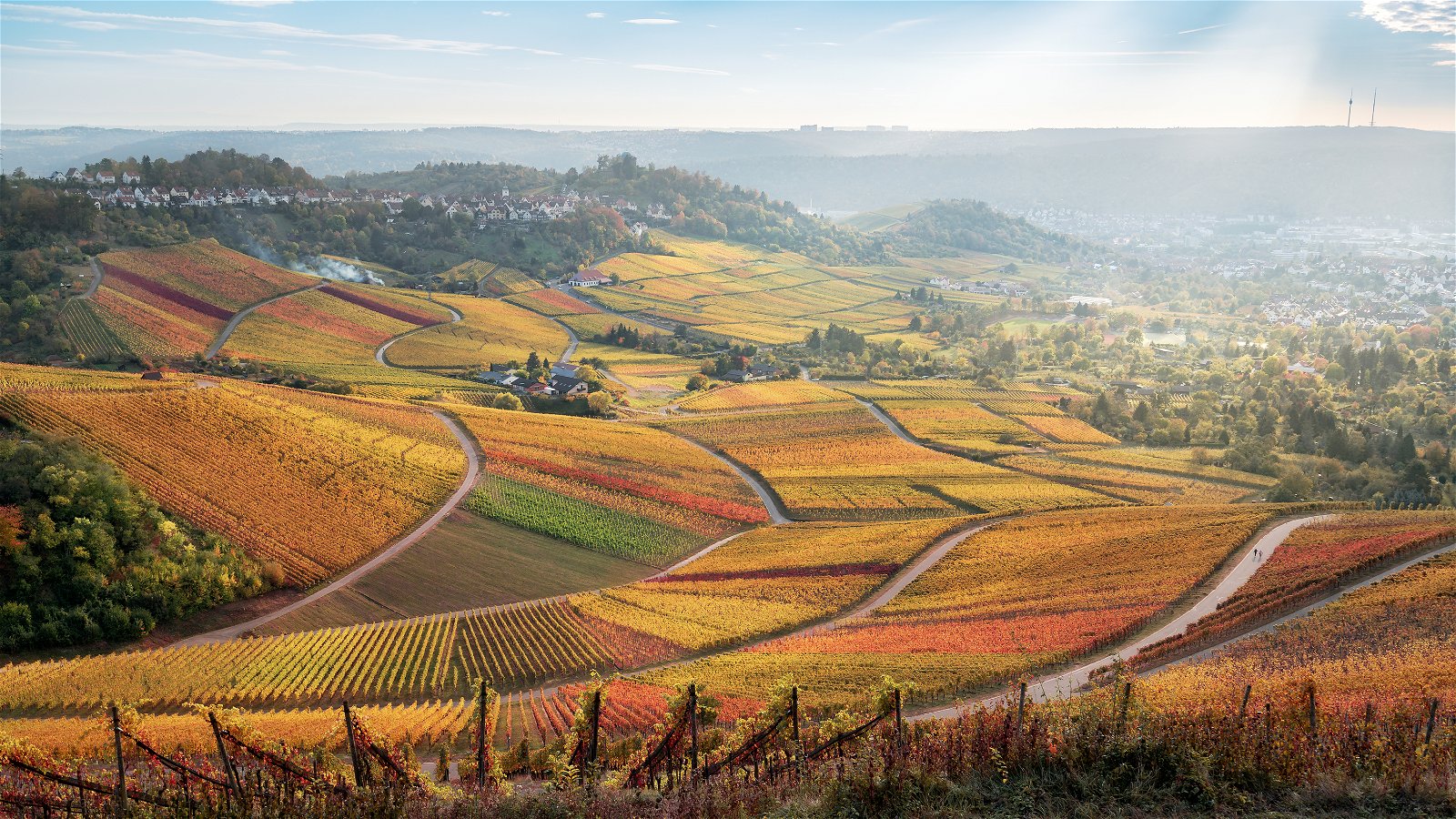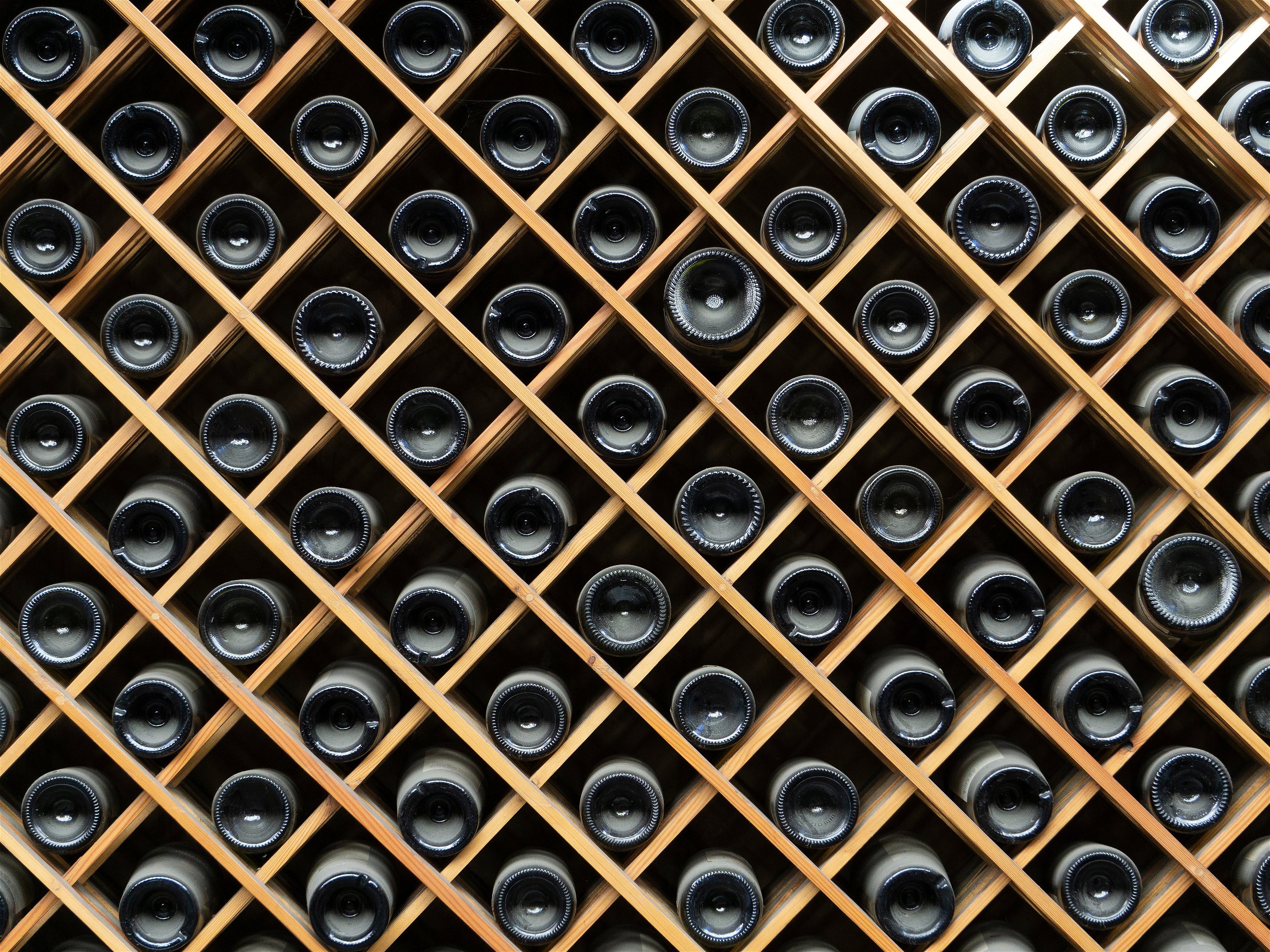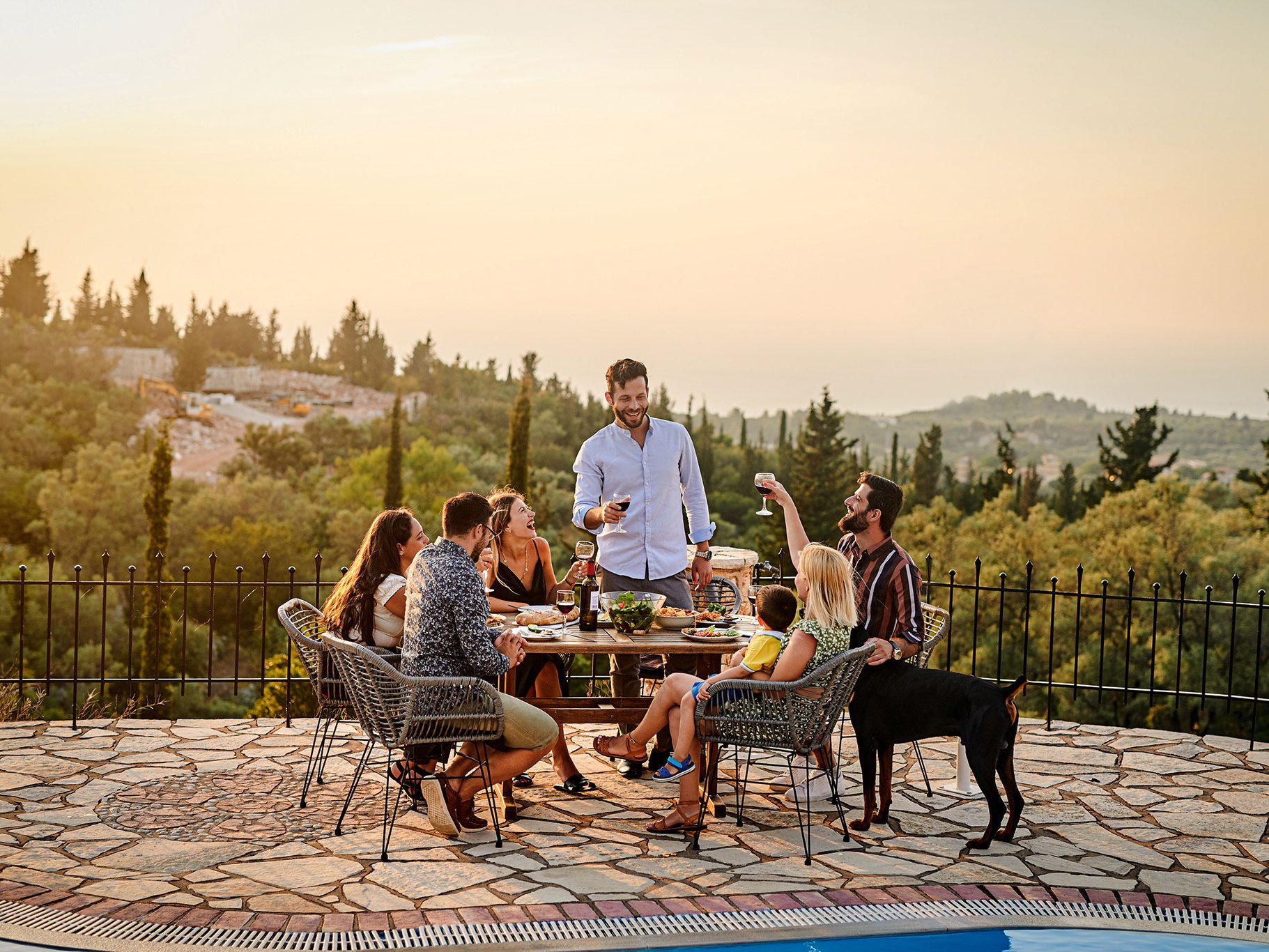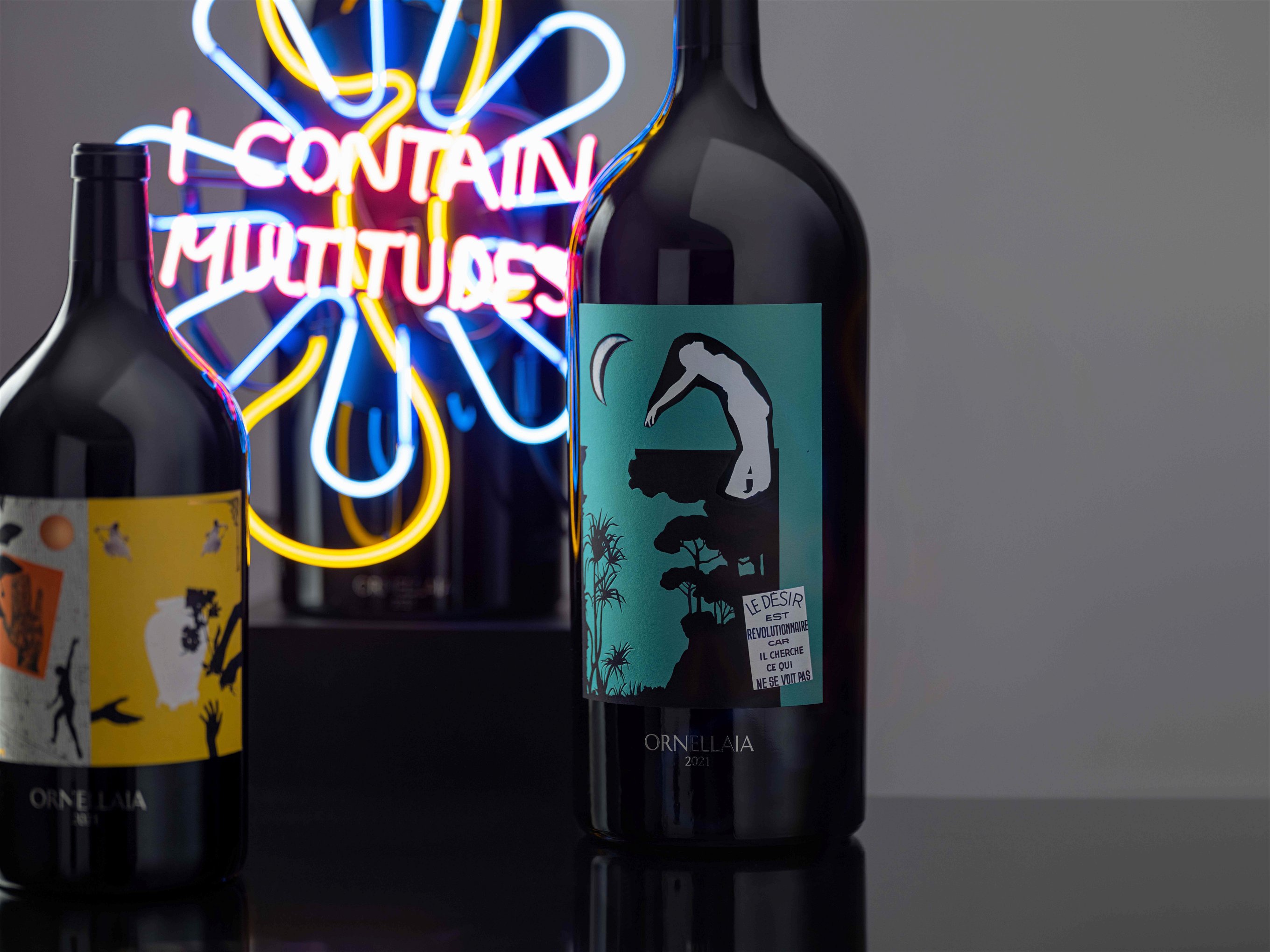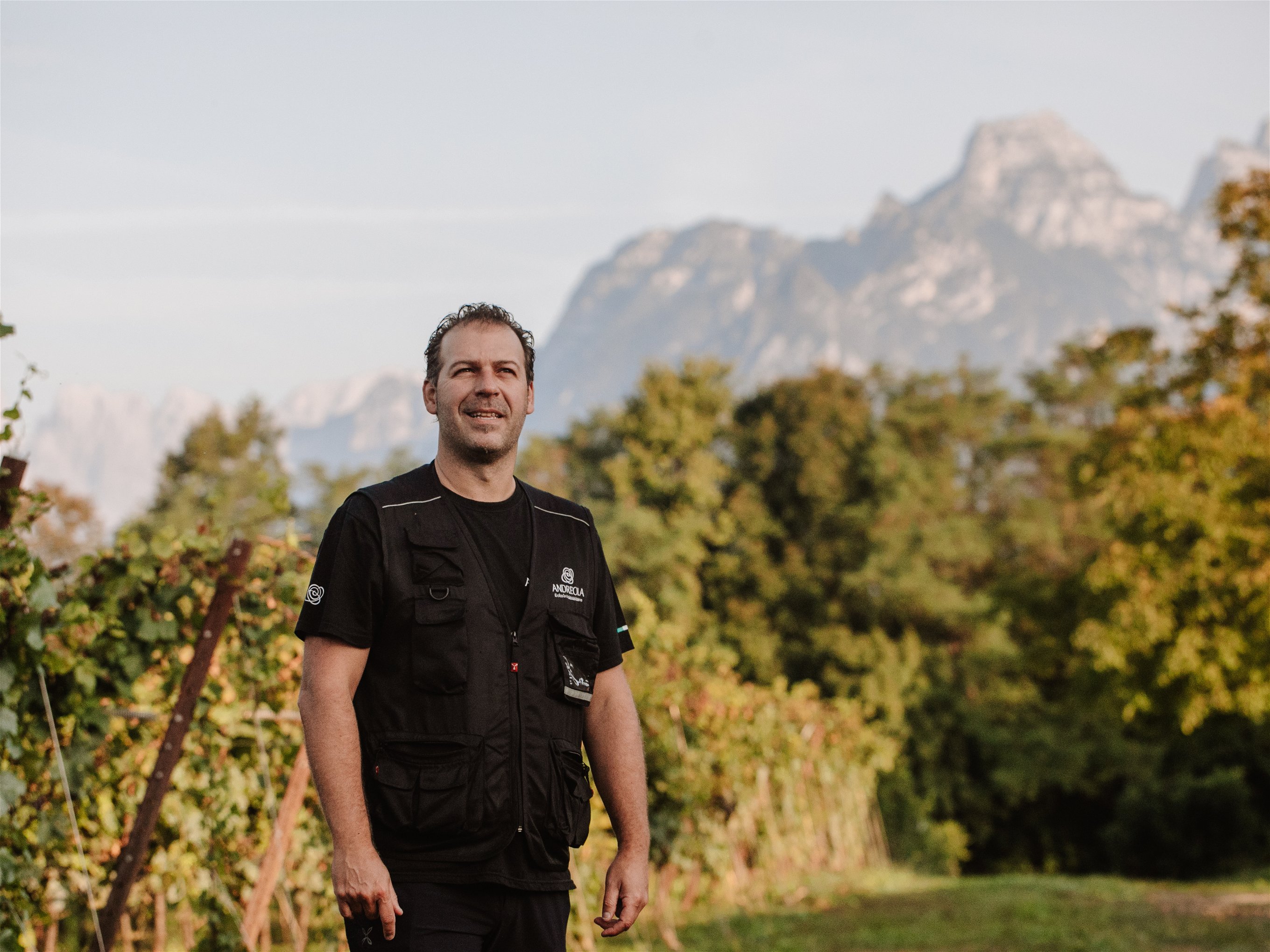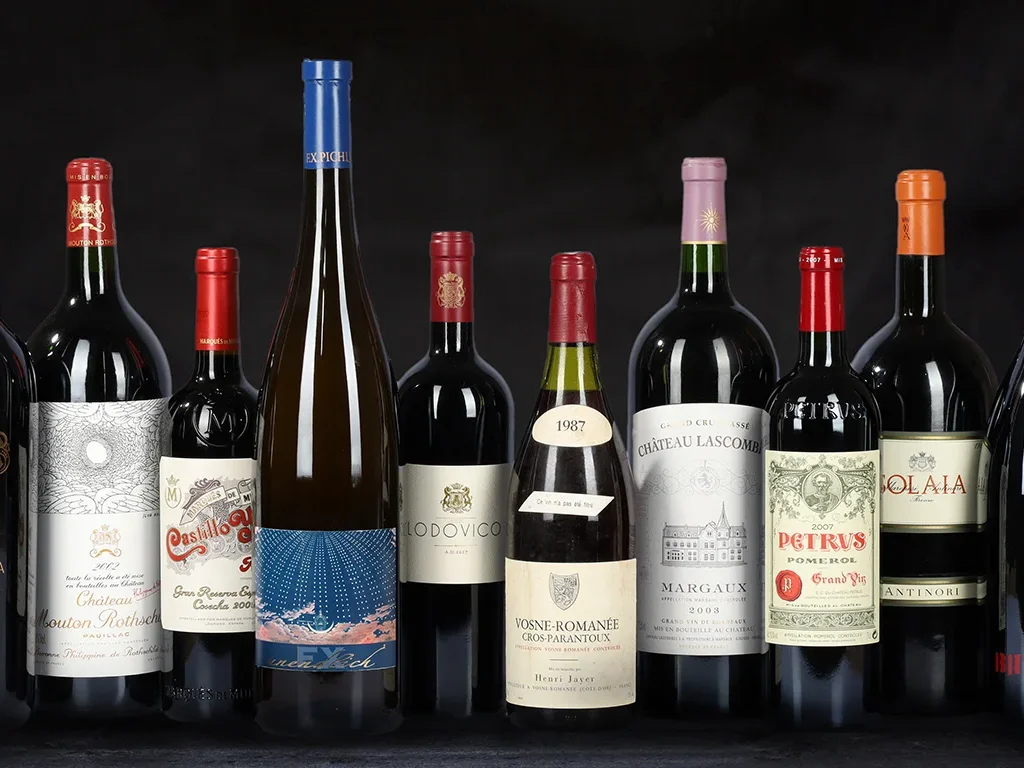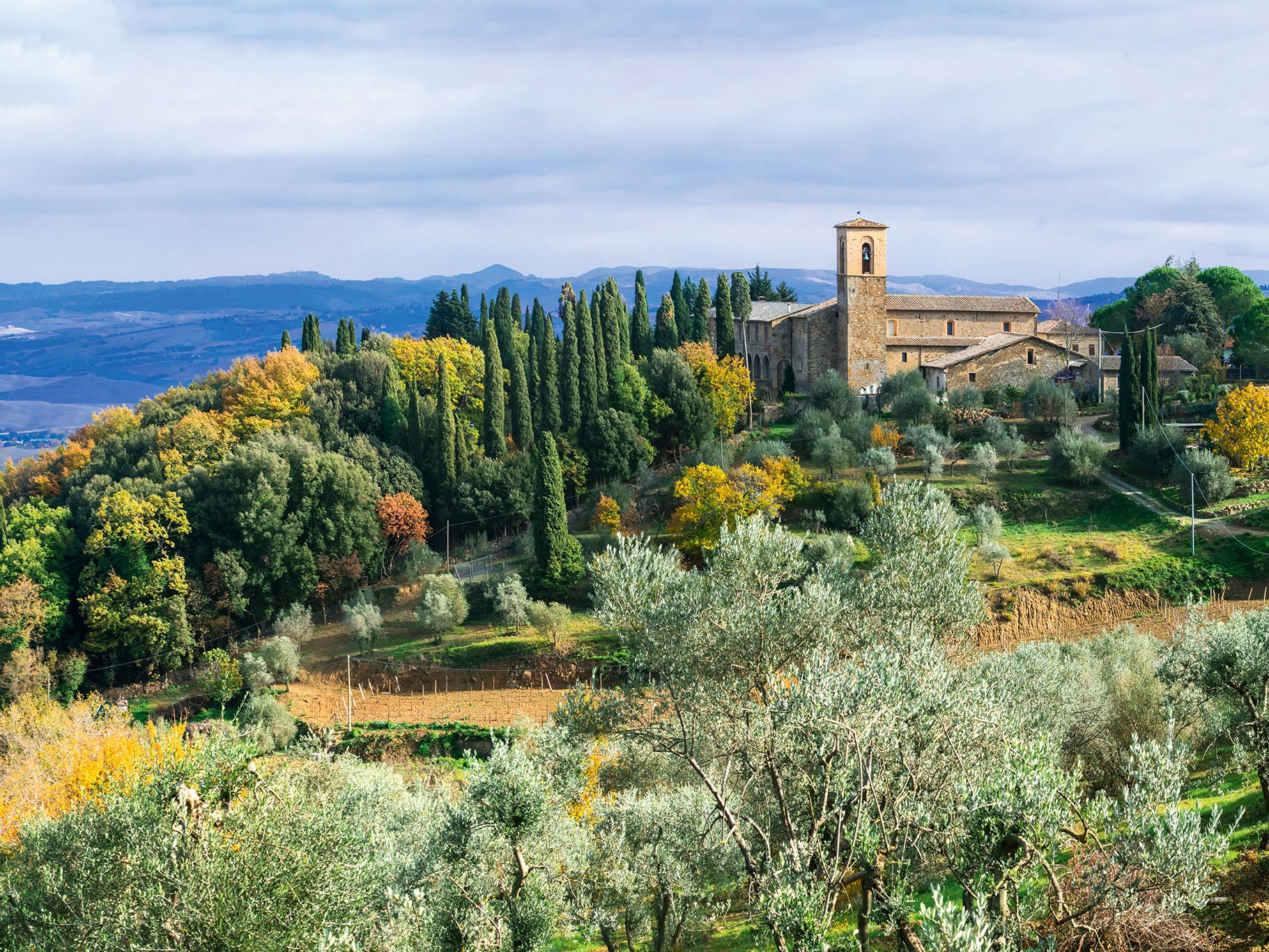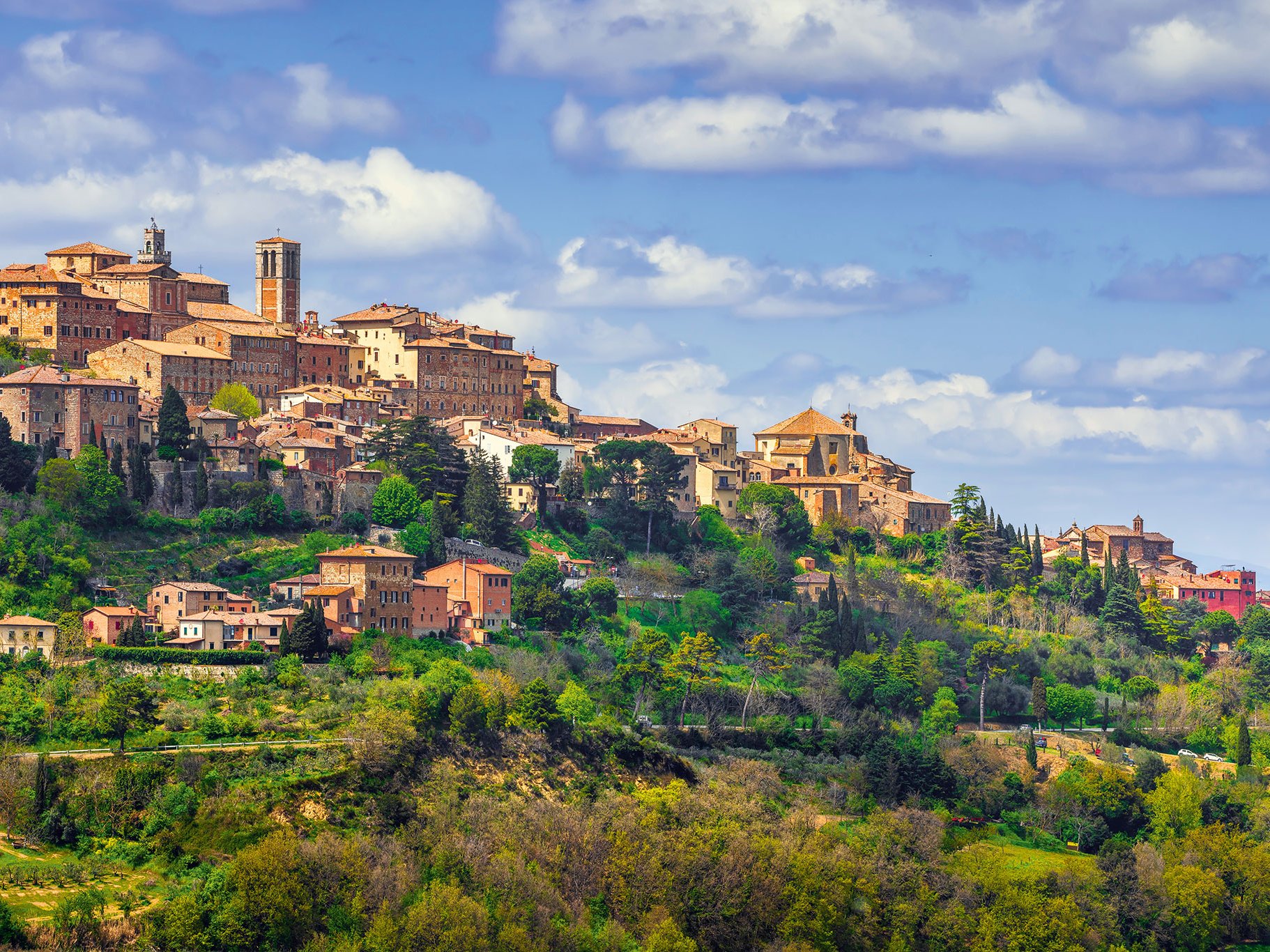Winegrowing in Germany, as in other European winegrowing countries, goes back primarily to the Romans, who brought the vine from the Rhone on their campaign through Gaul to the Moselle. Officially, Emperor Probus is considered the "father" of German viticulture, who expressly allowed Gauls, Spaniards and Britons to produce wine.
Germany then went through an eventful history, from the discovery of the late vintage in the Rheingau at the end of the 18th century, to a first peak at the turn of the 20th century, when wines from Germany were traded more expensively than those from France, for example. The opening of the Suez Canal was not celebrated with Champagne, but with wine from the Pfalz.
After World War II, sweet wines were in vogue for a long time, but the wine culture as we know it today, with many internationally celebrated top wines, especially from Riesling, is due to a dynamic development over the last 30 years. 103,000 hectares are under vine in Germany, spread over 13 growing regions and managed by just over 16,000 winegrowers. With approximately 24,000 hectares of Riesling, Germany has by far the largest cultivation area of this variety in the world. Riesling is particularly at home in the northern wine-growing regions such as Nahe, Rheingau and Mosel, where it stands for a unique and much admired light, playful but intense style of wine, especially in the Mosel, Saar and Ruwer regions.
With over 26,000 hectares, Rheinhessen represents the largest wine-growing area. This region used to be characterised by inexpensive mass-produced wines and the production of base wines for sparkling styles, but is now rightly considered a dynamic and creative showcase region with many young highly committed winemakers.
Rheinhessen, as well as the neighbouring and second largest region, the Pfalz, with at least 23,000 hectares, score with a wide range of grape varieties, from Müller-Thurgau to Pinot Blanc and Pinot Gris to Riesling, as well as with red wines from Pinot Noir and Dornfelder.
The warm climate that now prevails here even allows the cultivation of international varieties such as Sauvignon Blanc, Merlot or Syrah. Further south, in Baden, the Burgundy varieties are really at home, while in Franconia on the Main, the Silvaner can show great form.
The large regions are contrasted by small regions, in the north of the Moselle the Ahr Valley, famous for first-class Pinot Noir, and in the east of Germany, Saxony and Saale-Unstrut. These regions cover just about 500 hectares each.
White wine accounts for about just under two thirds of German wine output. The production of very high-quality sparkling wines is also impressive and offers exciting alternatives to Champagne. The "Verein der Prädikatsweingüter" (VDP) also initiated a site classification system in the 1990s, which has been in force since 2002.
Every German state has its own national dishes, from Labskaus or Finkenwerder Scholle from the Baltic coast to Frankfurter Grüne Soße in Hesse and Pfälzer Saumagen to Weißwürsten in Bavaria. Still a famous classic are the "Königsberger Klopse". However, many of these dishes have undergone exciting updates in gastronomy. In general, with the qualitative rise of wine, the gastronomic scene in Germany has also experienced an enormous improvement; 9 restaurants alone are decorated with 3 stars, 46 with 2 stars, and 272 restaurants can boast at least 1 star.
